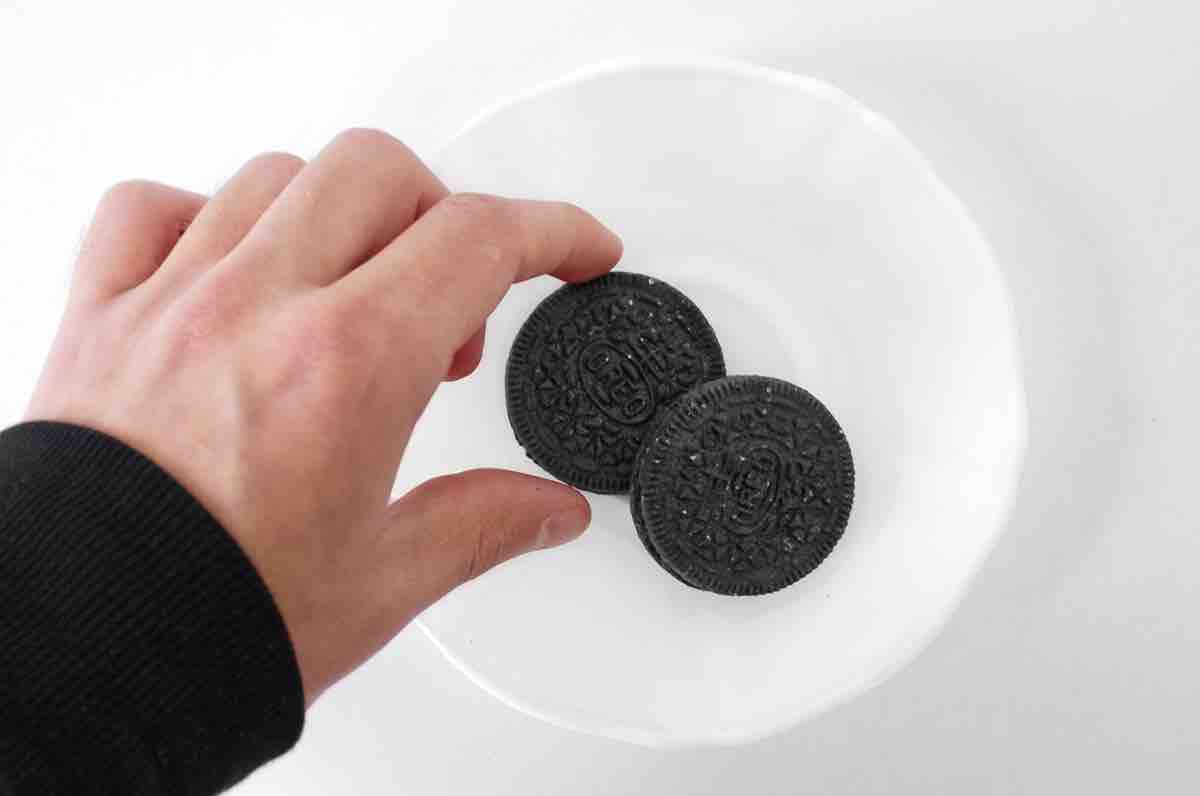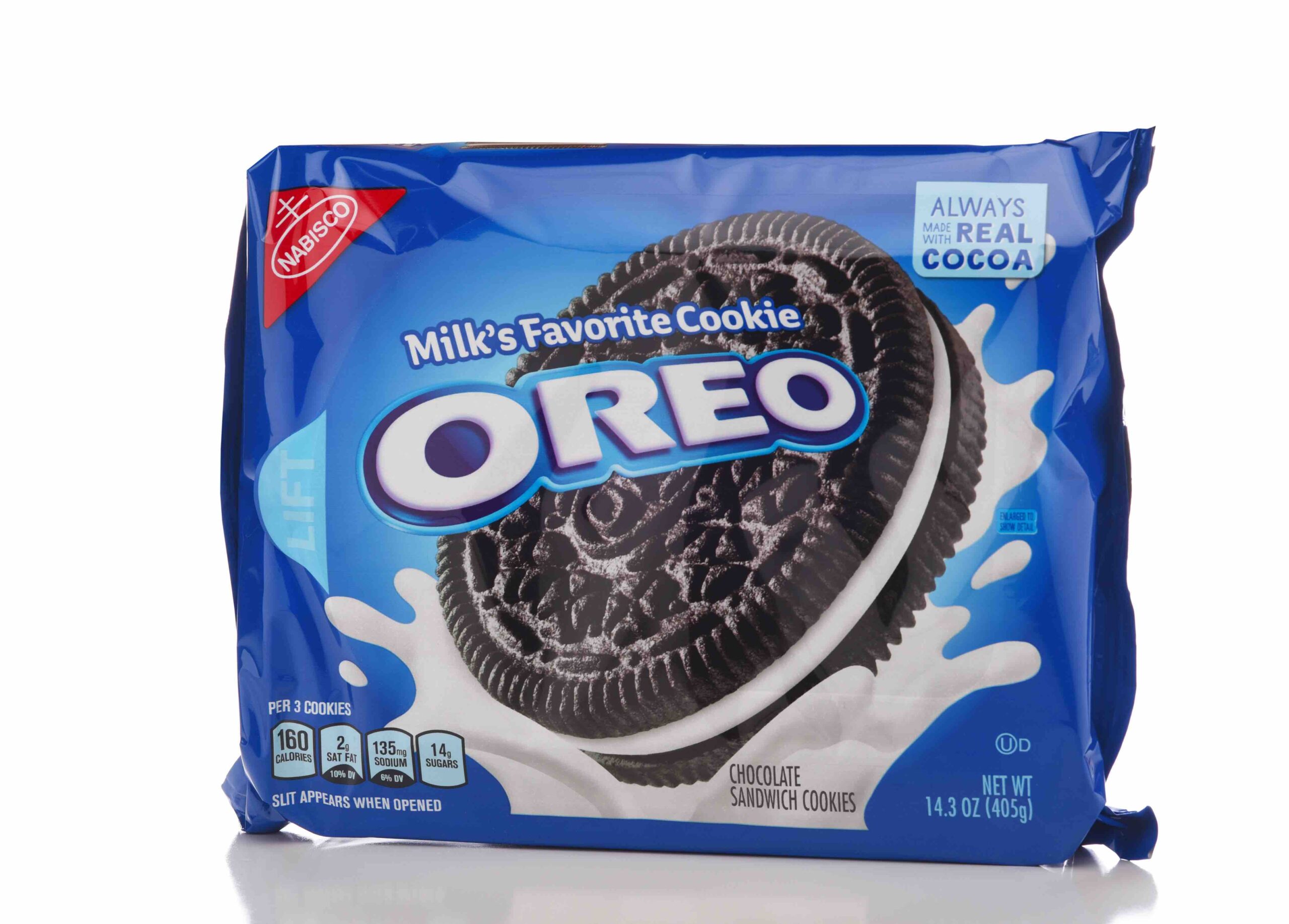Keeping Healthy Easy: How to find, cook, and eat food that is good for you

Think about your top three favorite snack items. They are quick, convenient, and delicious, right? And they can make a busy life so much easier: Pop a ready-to-eat meal into the microwave, unwrap a candy bar, or grab a packaged treat from the vending machine.
So, what’s the problem? All these foods are categorized as ‘ultra-processed foods.’ Ultra-processed foods are made in factories, not in nature. They are usually high in salt, sugar, and fat. The good news is those ingredients make them super tasty. The bad news is, too much of them can raise your risk for a health condition.
Even healthy foods can become ultra-processed. For example, an apple is considered unprocessed. Apple juice is processed, but usually only has 1–2 other ingredients added to it (if any). And apple pie is ultra-processed. Another example: Corn is unprocessed. Canned corn is processed. And corn chips are ultra-processed.
How can you be sure if something is ultra-processed? Check the ingredients list for things you don’t keep in the pantry at home, or vague ingredients like ‘artificial or natural flavors.’ And notice how you feel once you start eating them. If it’s hard to stop, know that it’s not just you—these foods are addictive by design. They are made with the goal of making you want to eat them all so that you buy more soon.
Let’s look at the ingredients of a popular—and delicious—ultra-processed food: Oreos

INGREDIENTS: Sugar, unbleached enriched flour (wheat flour, niacin, reduced iron, thiamine mononitrate {vitamin B1}, riboflavin {vitamin B2}, folic acid), palm and/or canola oil, cocoa (processed with alkali), high fructose corn syrup, leavening (baking soda and/or calcium phosphate), salt, soy lecithin, chocolate, artificial flavor.
The ingredients in red are the ones that make this product ultra-processed. One of them, high fructose corn syrup, is a chemically-made sugar that is cheap and very sweet. High fructose corn syrup gives foods a longer shelf life (that means stores can keep the food sitting on the shelf for a longer time before it goes stale).
The good news is not all processed foods are bad for you! Some foods are processed (wheat bread, for example), but they don’t all have unhealthy ingredients added to them.
So, how can you tell the difference? Read labels. Look for ingredients you recognize. And shop the perimeter of the store first (the inside aisles are where most of the processed foods are). Fill your cart with frozen and fresh whole foods that have one ingredient like fruits, vegetables, lean protein, and grains.
Next, get curious about food and cooking:
- Instead of tater tots, buy whole potatoes and roast them until they’re crispy.
- Rather than buying pre-marinated meat (which usually has a lot of added salt), buy a lean protein you like and spice it up yourself.
- Cook at home using healthy recipes. Make double of what you like and eat the leftovers for lunch the next day or freeze the rest for another night.
- Swap popcorn for fried chips and snack on whole dried fruits instead of fruit candies.
- Drink less soda and more water.
You can search for healthier versions of the snacks you love, too. Just try to avoid foods with long ingredient lists full of things you don’t recognize like hydrolysed proteins and invert sugar.
(Lastly, if you love Oreos, enjoy them once in a while. It’s all about balance. And if finding balance feels overwhelming, reach out to your provider for help.)
